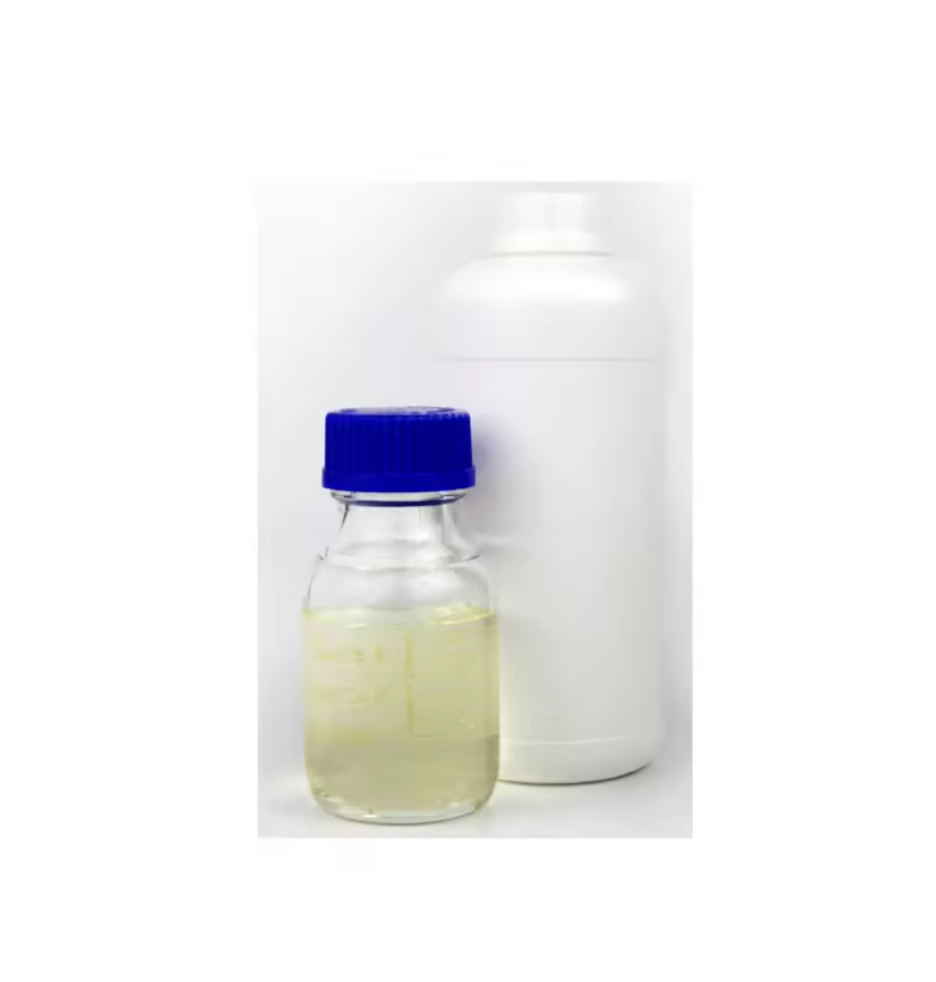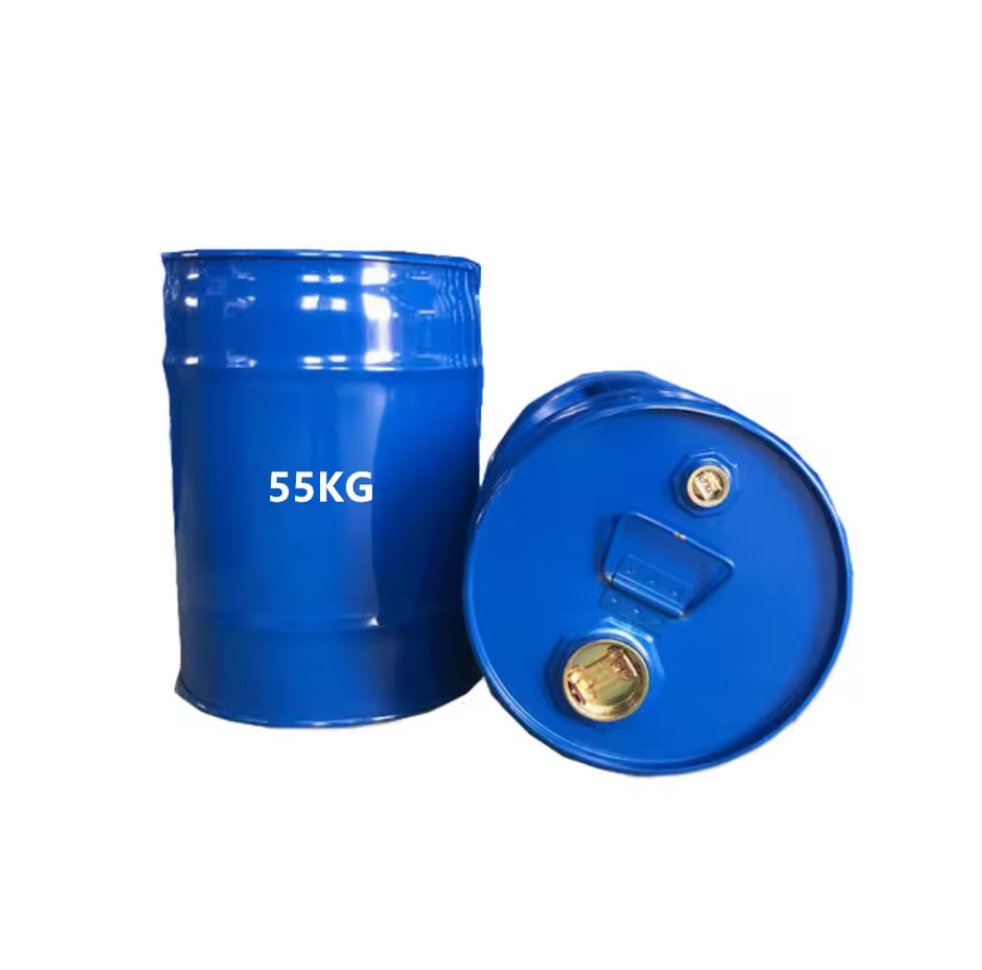Tetramethylammonium Hydroxide
-
Category:
Amine Derivatives
Your Questions and Comments
Your sales and customer service desk partners within China Amines Co will continue to serve you. You can also contact us via our headquarter office-
Email:info@chinaamines.com
China Amines Co
Product Profile
1. Chemical Structure and Properties
Molecular Formula: N(CH₃)₄OH
Structural Formula: Tetramethylammonium cation (N⁺(CH₃)₄) with hydroxide anion (OH⁻)
Physical Properties:
Appearance: Colorless to pale yellow liquid (often as 25–25% aqueous solution)
Density: ~1.0 g/cm³ at 20°C
Boiling Point: Decomposes before boiling in concentrated form
Solubility: Completely miscible with water and polar organic solvents
Chemical Properties:
Strong base, highly alkaline
Stable under normal conditions, reactive with acids and oxidizers
Exhibits nucleophilic behavior, useful in organic synthesis
2. Industrial Applications
Semiconductor Industry: Used for anisotropic etching of silicon in microfabrication
Organic Synthesis: Strong base for deprotonation, phase-transfer catalysis, and selective reactions
Surface Treatment: Used in cleaning and preparation of metal surfaces
Analytical Chemistry: Employed in titrations and chromatography as an eluent modifier
3. Safety and Toxicology
Health Hazards:
Skin/Eye Contact: Severe irritation and potential burns
Inhalation: Can cause respiratory irritation and pulmonary edema if mist inhaled
Ingestion: Harmful; may cause gastrointestinal and systemic effects
Fire & Explosion Risk: Non-flammable but reacts violently with acids and oxidizers
Protective Measures:
Wear chemical-resistant gloves, goggles, and protective clothing
Use in well-ventilated areas or fume hoods
In case of contact, rinse immediately with water and seek medical attention
4. Environmental and Regulatory Considerations
Environmental Impact: Highly alkaline; avoid discharge into waterways
Regulatory Compliance:
Listed under various chemical inventories (e.g., TSCA, REACH)
Transport: UN 1814 (TMAH solution), Class 8 corrosive, Packing Group II
5. Case Studies and Application Insights
Semiconductor Etching: Used in KOH-free etching solutions, providing precise microfabrication with minimal defects
Organic Synthesis: TMAH facilitates selective deprotonation in complex molecules, enhancing reaction yield and purity
Comparative Analysis: Compared with potassium hydroxide (KOH), TMAH offers higher solubility in organic solvents and compatibility with sensitive substrates



